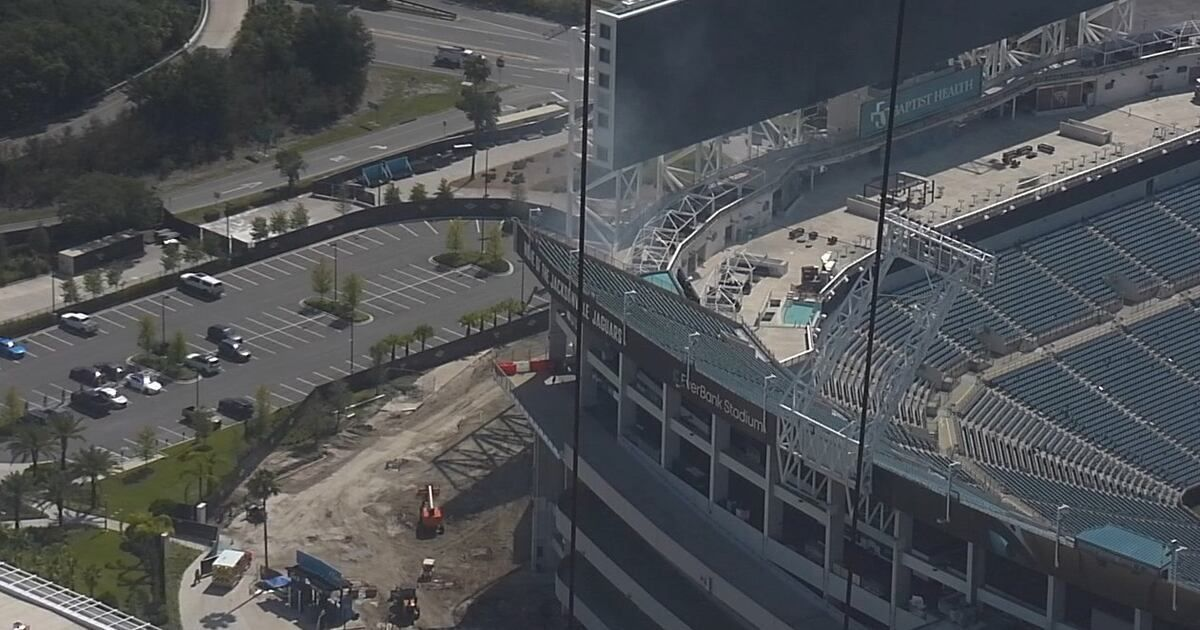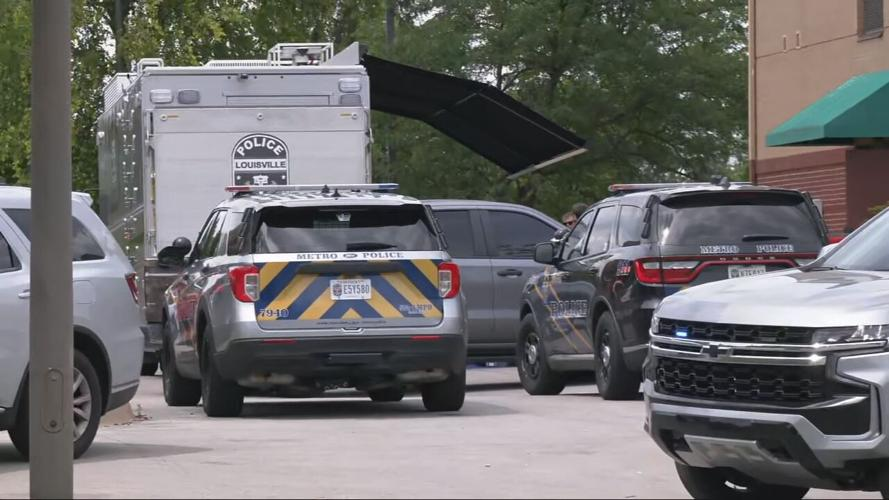A fire broke out at EverBank Stadium in Jacksonville, Florida, prompting a swift response from the Jacksonville Fire and Rescue Department (JFRD). Thankfully, no major injuries were reported. The incident highlighted the ongoing risk of fire even in large, seemingly secure venues. This blog post explores the details of the fire, the JFRD’s response, and important lessons about fire safety and preparedness.
The Incident: A Quick Look
The fire, reported on [Insert Date from News Article], originated in [Insert Location from News Article, if available; otherwise, say “an unspecified area” of the stadium]. Initial reports suggested [Insert initial reports from the news article, e.g., “smoke billowing from the structure” or “flames visible from outside”]. The exact cause of the fire remains under investigation. JFRD officials are working diligently to determine the source and circumstances leading to the ignition. Early speculation, based on the news report, points towards [Insert any speculation from the news article, or state “no speculation is available at this time”].
Jacksonville Fire and Rescue Department’s Rapid Response
The JFRD responded swiftly and efficiently. Multiple units were dispatched within minutes of the initial call, demonstrating the department’s readiness for such emergencies. Their prompt response was crucial in preventing the fire from spreading and causing more damage. This rapid action reflects the JFRD’s training, resources, and well-established emergency protocols.
The firefighters’ expertise and quick thinking were pivotal in containing the blaze, minimizing damage, and preventing a potentially catastrophic situation. Specific actions taken by the JFRD include:
- Rapid deployment of fire engines and personnel: The news report highlights the quick arrival time, showcasing the department’s effectiveness.
- Strategic fire suppression techniques: Firefighters likely used various tactics to control the fire, potentially including [Insert any information from the article regarding fire-fighting methods or speculate based on typical fire suppression].
- Evacuation procedures (if any): While the article doesn’t detail mass evacuations, the JFRD likely oversaw any necessary evacuations of staff or others present at the stadium during the incident. This helped prevent injuries and ensured public safety.
- Post-fire investigation: After extinguishing the fire, the JFRD will thoroughly investigate its cause to prevent similar incidents in the future. This process is essential for identifying safety hazards and implementing preventive measures.
Safety Procedures and Preventative Measures
The EverBank Stadium fire serves as a reminder of the importance of comprehensive fire safety measures in large public venues. Regular inspections, strict safety protocols, and well-trained staff are vital to preventing and mitigating fire risks. The following measures should be considered for all large public spaces:
- Regular fire safety inspections and maintenance: Frequent checks of electrical systems, fire suppression systems (sprinklers, alarms, extinguishers), and emergency exits are essential.
- Emergency response plans: Clear and well-rehearsed plans, including evacuation procedures, communication protocols, and staff training, are crucial for effective fire response.
- Fire prevention education: Educating staff and the public about fire safety, including proper use of fire extinguishers and evacuation procedures, can reduce fire risks and improve safety.
- Up-to-date fire suppression systems: Ensuring all fire suppression systems are regularly inspected, maintained, and updated is critical for quickly containing fires.
- Proper waste disposal: Effective waste management protocols help prevent accidental fires caused by improperly disposed materials.
Lessons Learned and Future Implications
The EverBank Stadium fire provides valuable lessons for fire safety practices nationwide. It underscores the need for constant vigilance and proactive measures to prevent fires in large public spaces. Even modern, well-maintained facilities remain vulnerable to fires and require ongoing attention to safety protocols.
Key takeaways from this event include:
- The importance of rapid response times in emergencies.
- The effectiveness of well-trained and equipped fire departments.
- The need for proactive fire safety measures in large venues.
- The ongoing need for thorough investigations to identify fire causes and prevent future incidents.
Further investigation into the fire’s cause will be crucial in shaping future safety regulations and protocols. The JFRD’s findings will likely inform best practices for stadium safety and could lead to updated building codes or safety standards. The full report will be eagerly awaited by safety professionals and stadium management nationwide.
Conclusion
The EverBank Stadium fire is a potent reminder of the persistent risk of fire, even in seemingly secure locations. The swift and efficient response of the JFRD prevented a potentially much more serious situation. By learning from this event and reinforcing fire safety practices, we can work toward creating safer environments for everyone.










